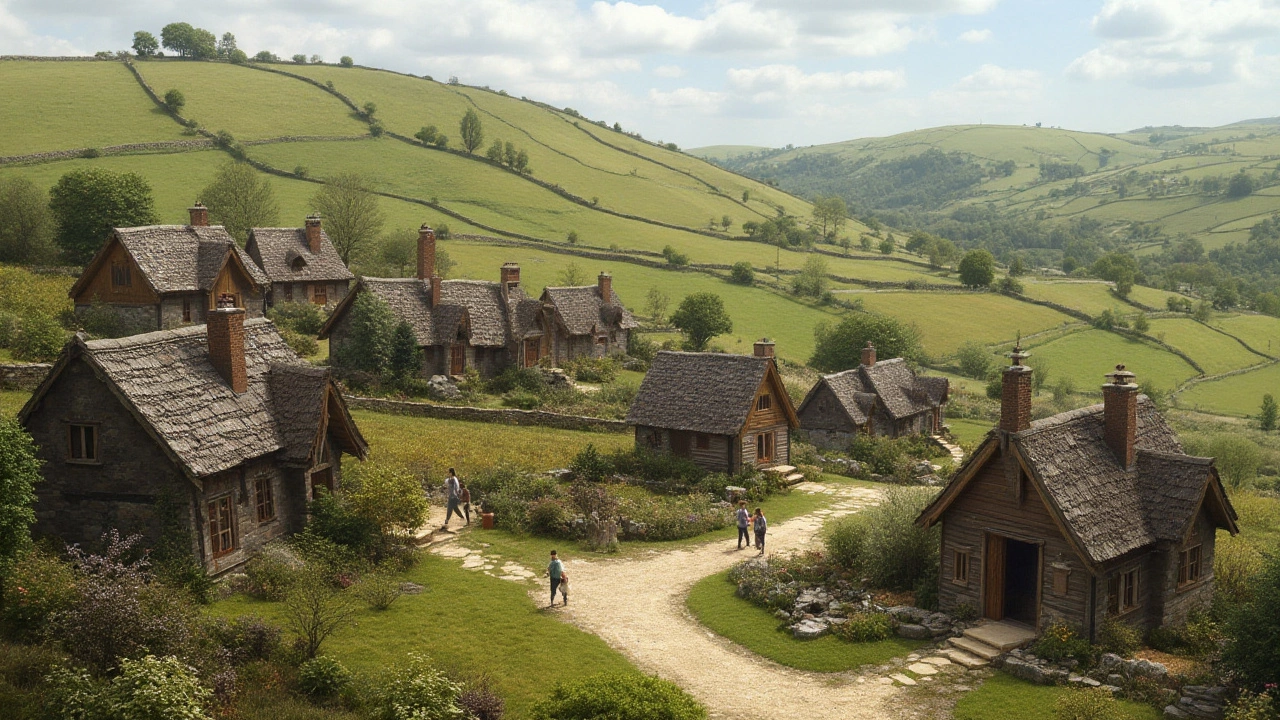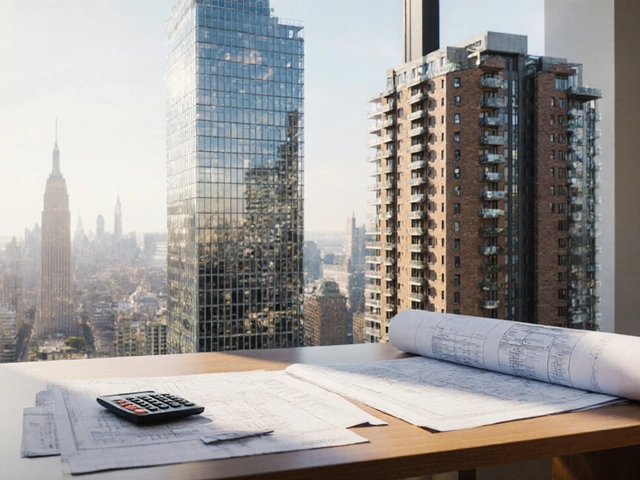Affordable Housing: Smart Tips for Building on a Budget
If you’re dreaming of a new home but the price tag scares you, you’re not alone. Affordable housing isn’t about cutting corners; it’s about making smart choices that keep quality high while costs stay low. Below you’ll find straight‑forward advice you can use right now, whether you’re planning a new build, fixing a cracked foundation, or picking out flooring for a budget‑friendly renovation.
Choosing Cost‑Effective Materials
One of the biggest money‑savers is picking the right material at the right price. Local limestone from a trusted quarry, for example, often costs less than imported stone and still gives you a strong, durable base. It’s also easier to source, meaning lower transport fees and quicker delivery. When you browse our product list, look for items tagged as “budget‑friendly” or “standard grade” – they’re usually the sweet spot between performance and price.
Don’t forget the hidden costs of premium finishes. A fancy tile might look great, but if it requires special underlay or extra labor, the total price can jump quickly. Instead, consider a high‑quality vinyl or engineered wood that mimics the look of pricier options without the extra labor.
Another tip: buy in bulk when you can. If you’re building several homes in the same development, negotiating a bulk discount on limestone, concrete, or insulation can shave off a few percent – and those percentages add up.
Keeping Foundations Strong Without Breaking the Bank
Foundations are the backbone of any house, and ignoring them to save money is a false economy. Small cracks can become big problems if left unrepaired, leading to expensive structural fixes later on. The good news is that many foundation issues are fixable with simple, low‑cost methods.
Start with a thorough inspection. Look for signs like uneven floors, doors that stick, or cracks wider than a hairline. If you spot minor cracks, epoxy injection or polyurethane foam can seal them without needing a full replacement. These DIY‑friendly solutions often cost a fraction of hiring a specialist for a complete rebuild.
For homes that sit on shifting soil, proper drainage is key. Installing a French drain or regrading the landscape to direct water away from the base can prevent future movement. This type of work typically costs under £1,000 for an average house and can extend the life of the foundation by years.
If you do need more extensive work, consider a staged approach. Repair the most critical areas first, then plan secondary upgrades as budget allows. This way, you keep the house safe while spreading costs over time.
Remember, quality workmanship saves you money in the long run. Use reputable contractors who understand affordable housing projects – they’ll know how to balance cost and durability, often offering package deals that include both material supply and installation.
Putting it all together, affordable housing boils down to three simple steps: choose locally sourced, bulk‑friendly materials; inspect and address foundation issues early; and spread out larger investments over manageable phases. By following these practical tips, you can build a sturdy home that feels premium without the premium price tag.
Affordable Home Construction: Building on a Budget

Building a home on a budget doesn't mean compromising on quality or style. By focusing on innovative techniques and versatile materials, it's possible to achieve both cost-effectiveness and a comfortable living space. This article explores various affordable building options, from tiny homes to prefabricated models. Readers will find helpful tips, practical advice, and creative solutions to make their home-building dreams a reality without breaking the bank.
read more



